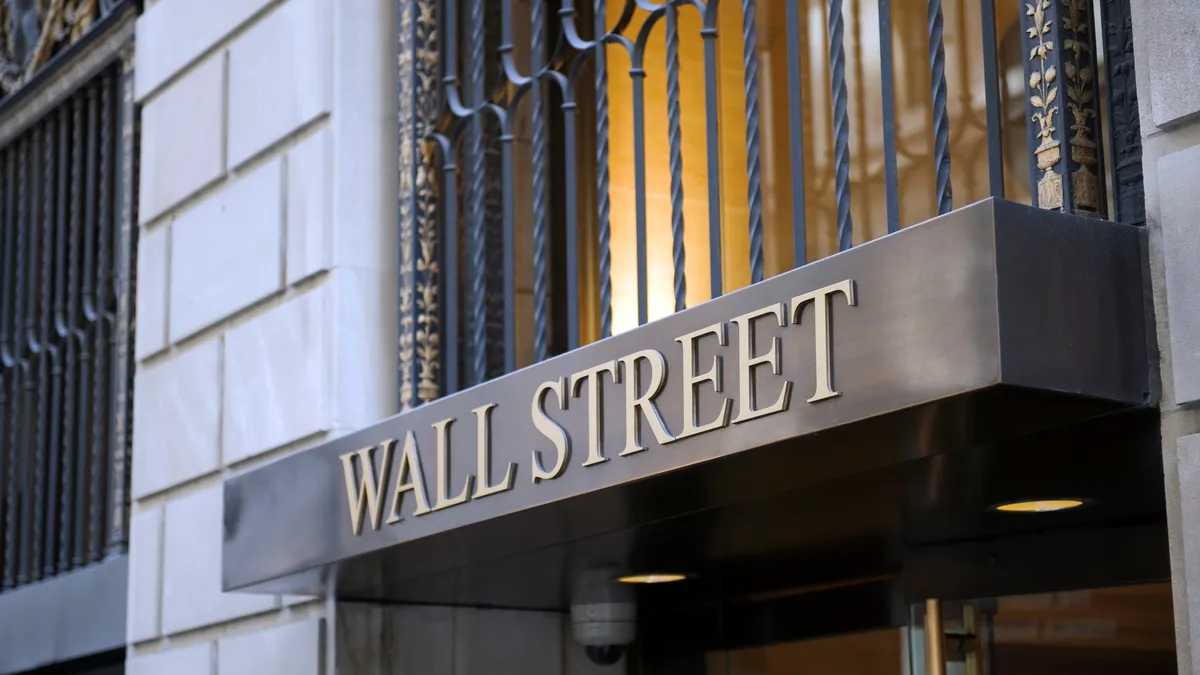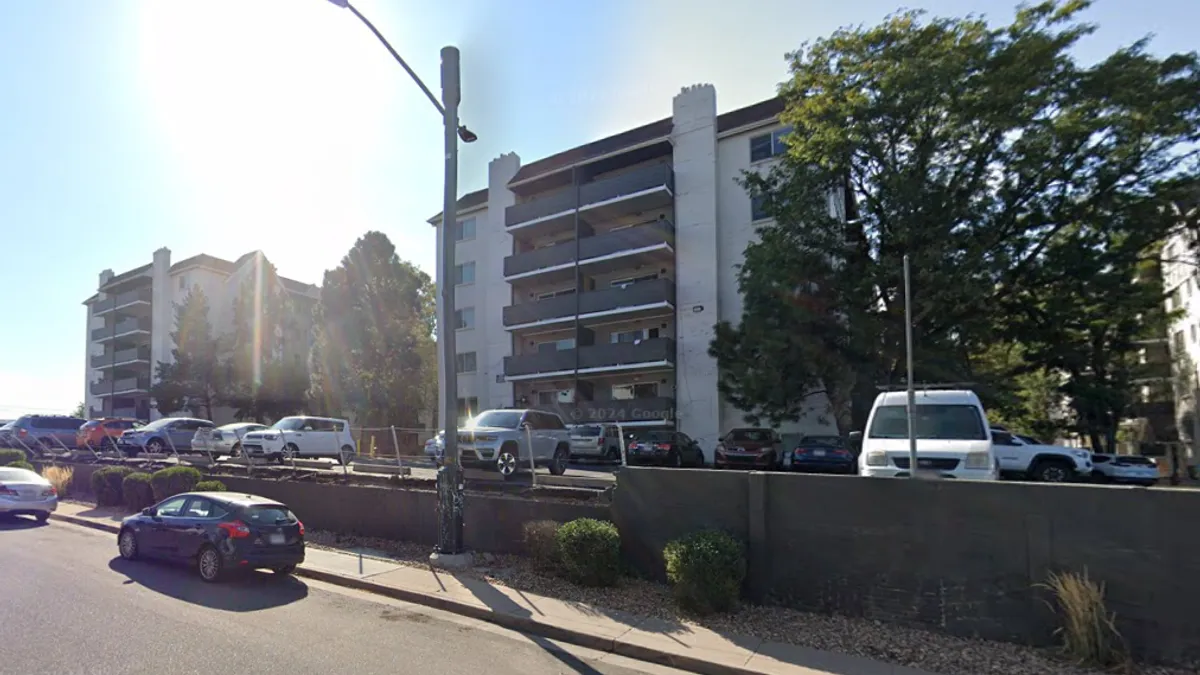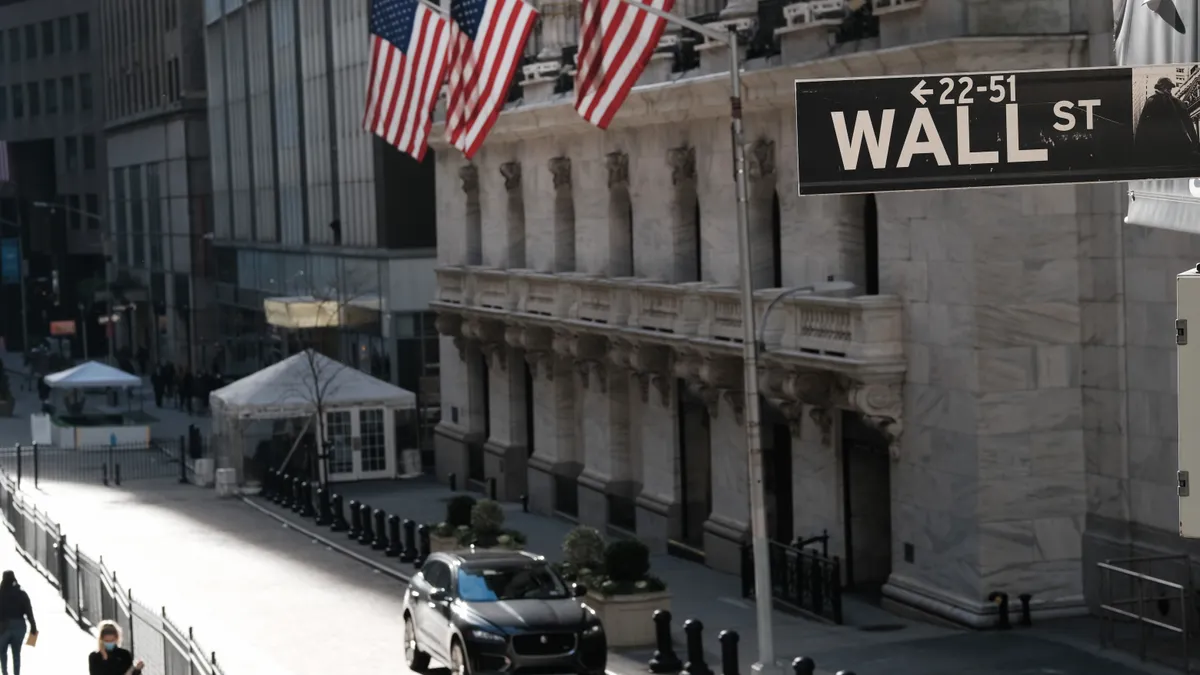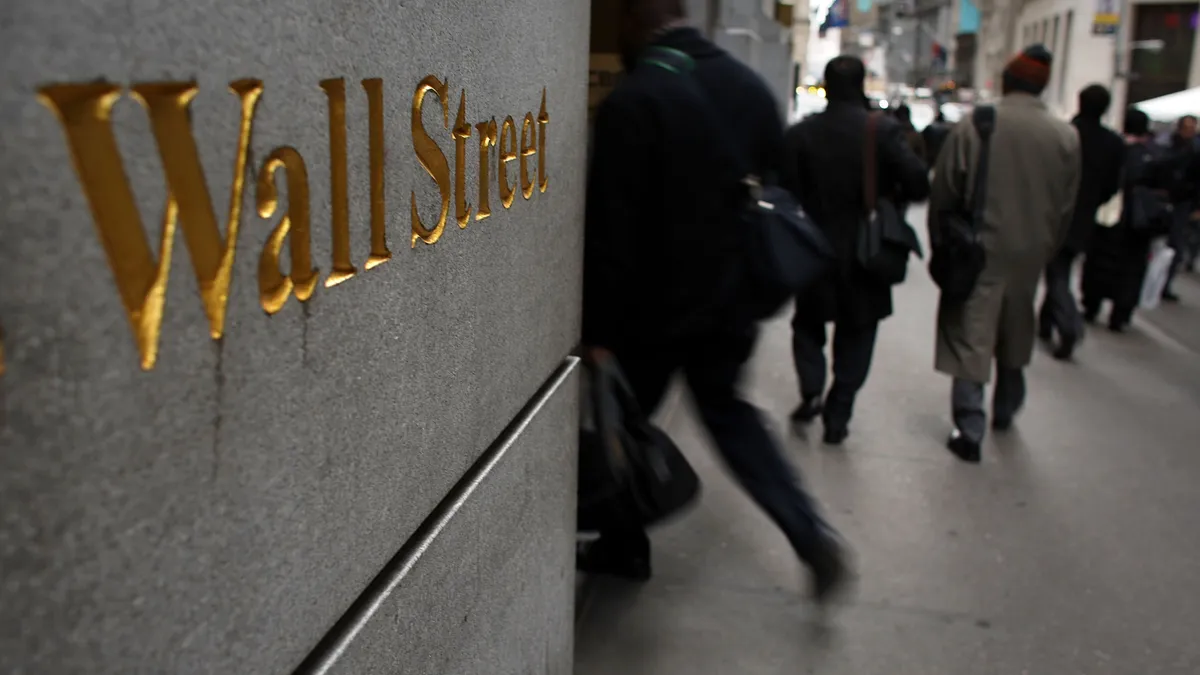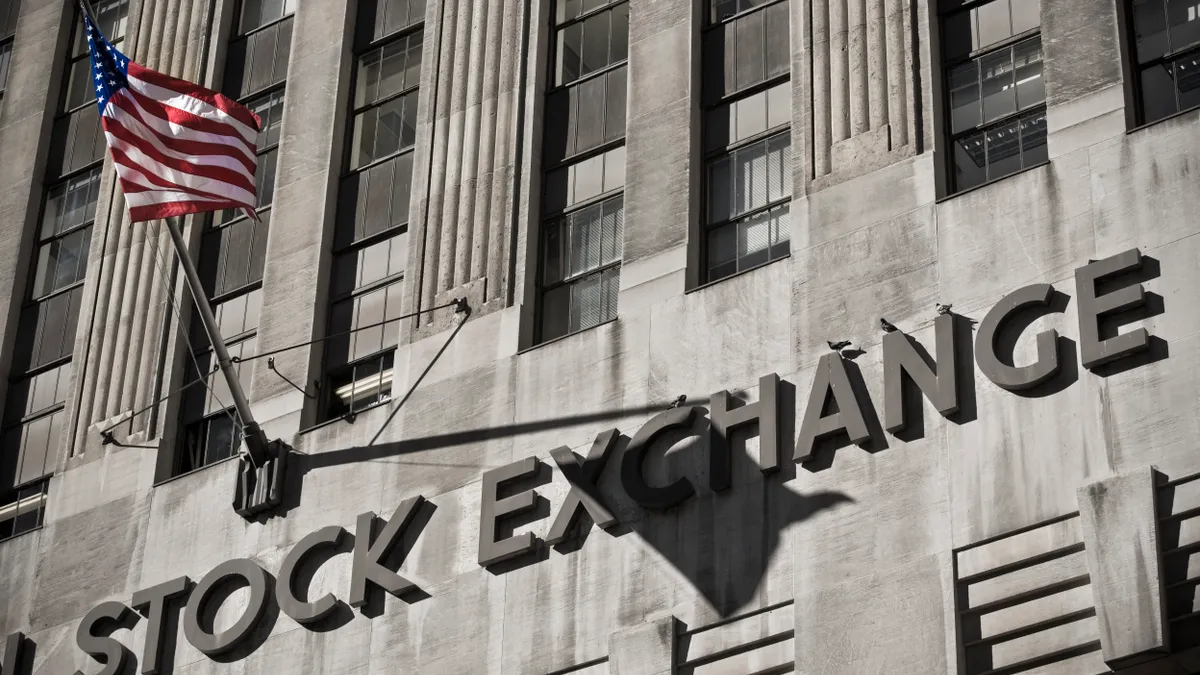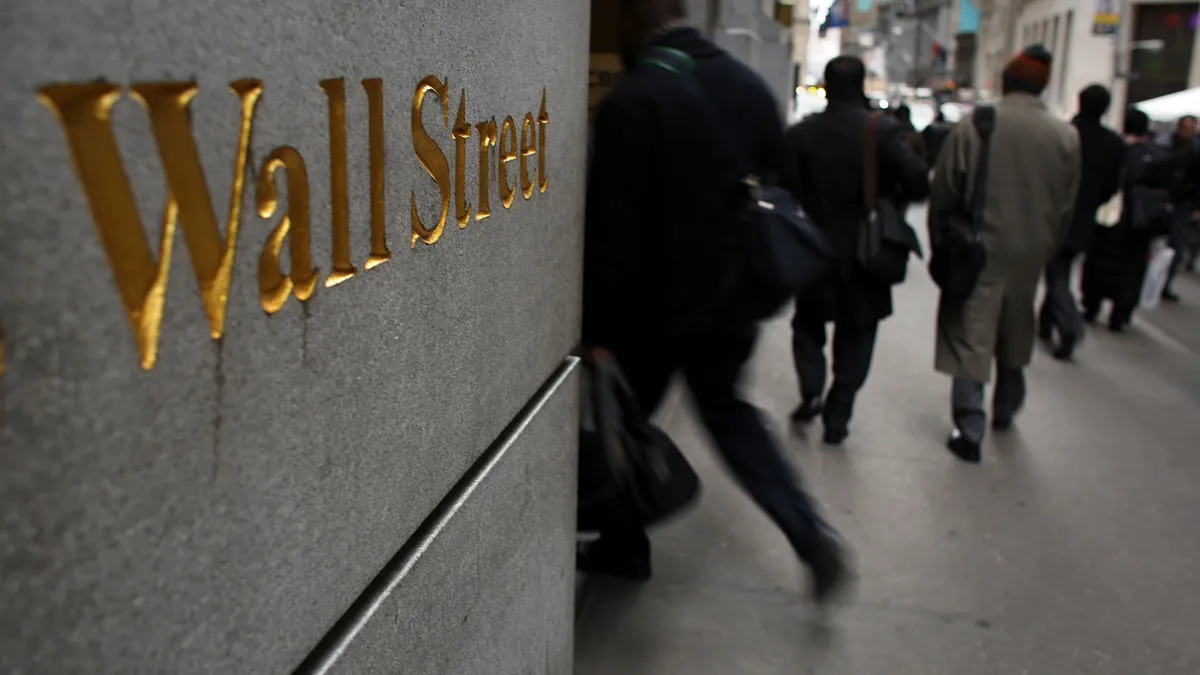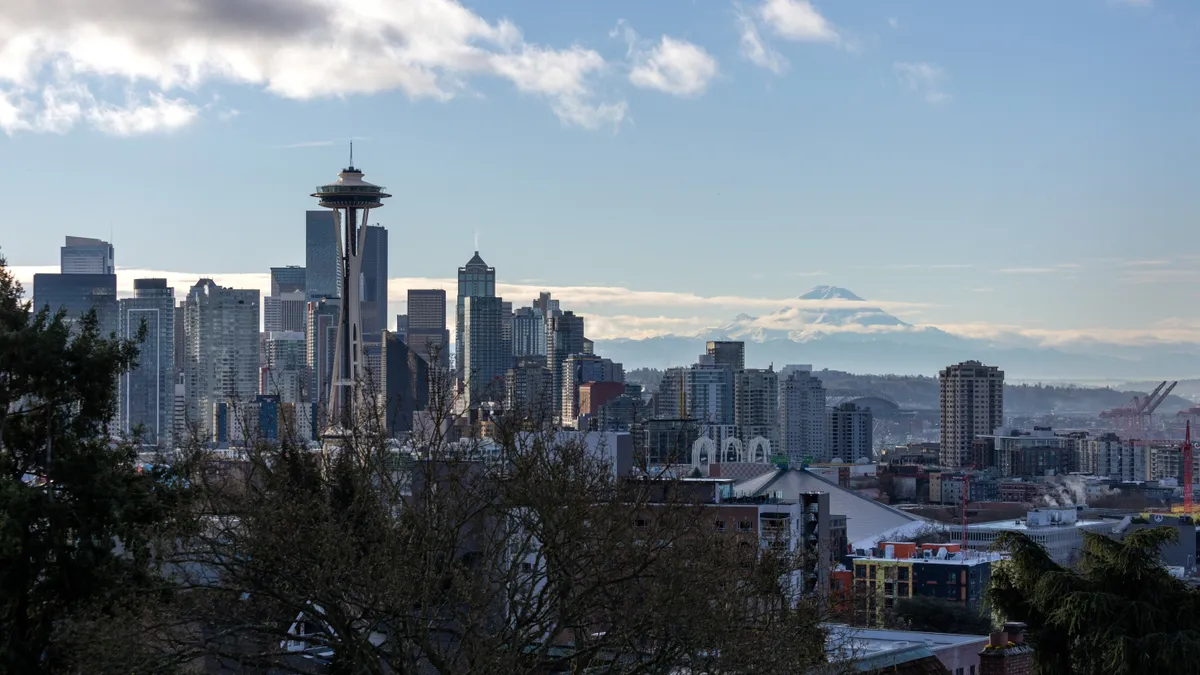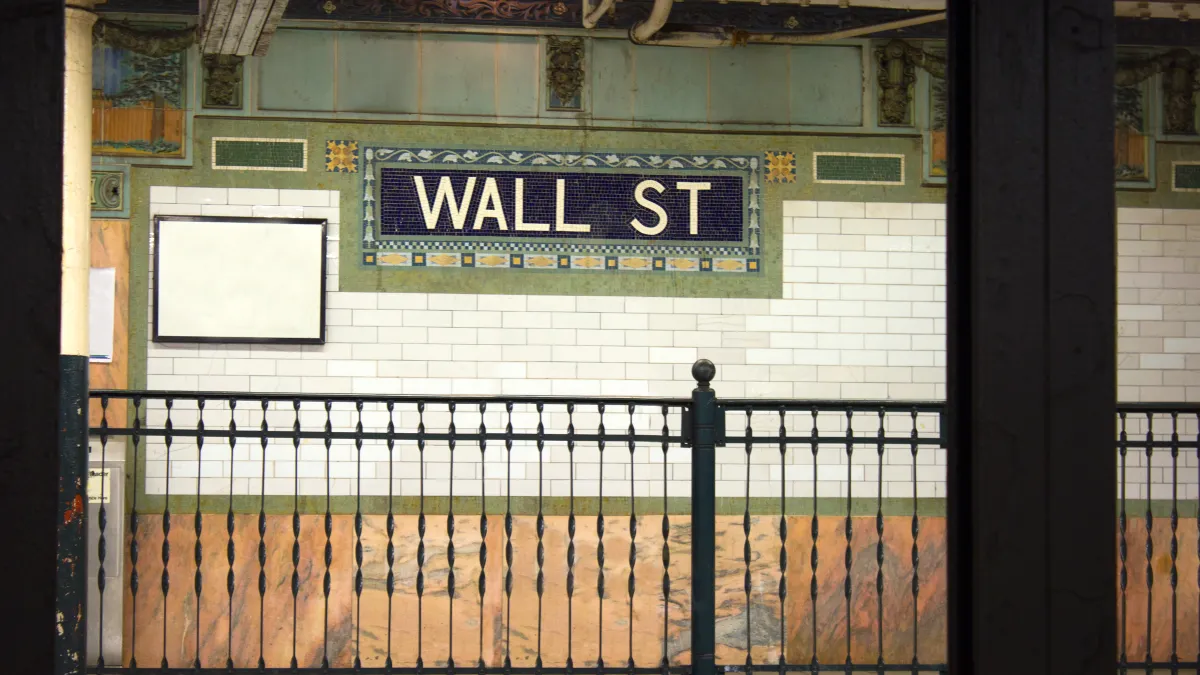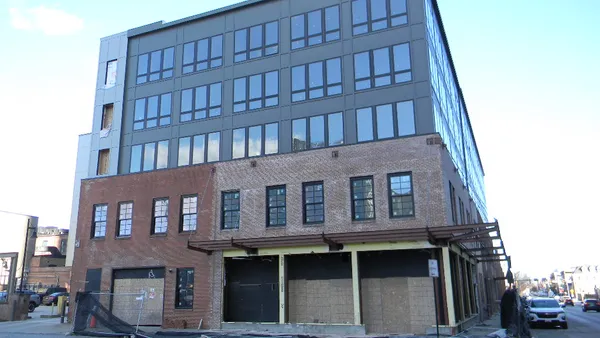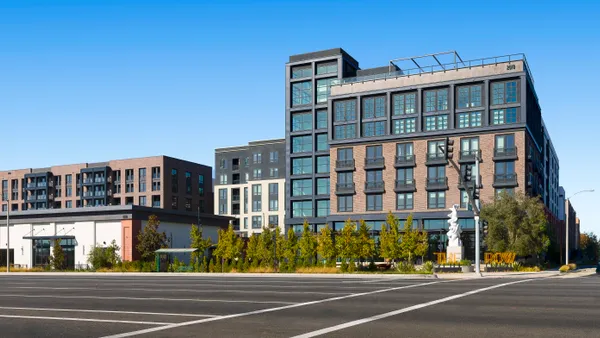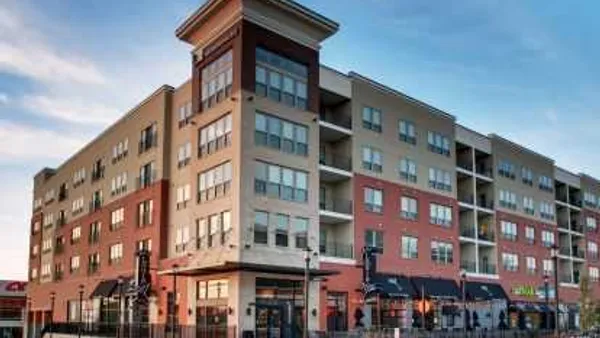Now that the COVID-era eviction moratoriums have expired, apartment owners, including REITs, are dealing with the fallout.
Houston-based Camden continues to see a higher than typical level of move-outs by non-paying residents, president Keith Oden said on the company’s second-quarter earnings call earlier this month. Chief financial officer Alex Jessett added that the REIT has twice the amount of early move-outs of non-payers year-to-date as compared to the first half of last year.
When these delinquent payers leave, Camden has incurred higher-than-normal repair and maintenance costs. “Repair and maintenance make up 13% of our total expenses and are now anticipated to increase by 8.5%, a 350-basis-point increase from our prior expectations, resulting from higher unit turnover costs and other miscellaneous repair items,” Jessett said.
BY THE NUMBERS
| Category | Q2 | YOY Change |
| Property revenue | $314.7 million | 6.1% |
| Net operating income | $205.1 million | 6.2% |
| Operating expenses | $109.7 million | 5.8% |
| Funds from operations | $1.67 | 1.8% |
| Occupancy Rate | 95.4% | -1.4% |
SOURCE: Camden
Delinquencies and repair and maintenance weren’t the only issues discussed in Camden’s earnings. Here are three other takeaways from the REIT’s call and earnings report.
Move-outs to homeownership decline
Overall, Camden’s net turnover for Q2 was 44%, which was highly impacted by what CEO Ric Campo described as short-term notice move-outs, which were double what they’ve been historically.
Evictions and skips are mainly issues in California and Atlanta, but that situation is improving. “We’re probably pretty far along in the process of getting rid of that cohort of people who’ve been living with us, not paying rent facing an eviction, and then just leaving of their own volition,” Oden said.
Still, Jessett said the REIT’s total turnover was down. “It's because we have less folks moving out to purchase houses,” he said.
Camden’s move-outs to buy homes sat at 11.8% in Q2, as would-be buyers faced higher interest rates. It was 13.8% for the full year of 2022 and 15.1% in Q2 2022. In July 2023, the percentage fell to 9.8%.
“We haven’t seen single-digit move-outs to purchase homes since you’d have to go back to the Great Financial Crisis,” Oden said. “We had a couple of quarters in there where we were at single digits on that metric. And we hit that again in July.”
A slowing market
The once-torrid multifamily construction market has slowed noticeably, with starts falling 33% year over year in June, Campo said, citing RealPage numbers. He noted that property transactions have also dropped 70% from last year.
“So clearly, the tight financial markets and the difficulty of getting bank financing and equity financing, along with the increased cost of capital, is having … the Fed’s desired result, which is slowing everything down,” Campo said.
For apartment owners seeing slowing rent growth in the Sun Belt, the construction pause may be welcome news. “We think it’s going to be [a] 12-month [to] 18-month time frame to absorb all this new supply,” Campo said. “And then when you think about what the market might look like toward the end of 2024 and into 2025, it’s pretty constructive for the supply side of the equation.”
So far, the new supply has “not really negatively impacted our portfolio,” Campo said. He said that only about 15% of the new apartments being delivered are in areas that will affect the company’s portfolio.
“A substantial portion of our properties are just not affected by it because they are at lower price points and are not in the competitive high-end markets,” Campo said. “So our product diversity is really helping us from a supply perspective.”
Construction costs flatten out
As new starts have fallen, the cost to build has flattened out, according to Campo. He said land costs are probably down 20% or 30%, but the decline in prices isn’t enough to make deals work.
“There’s not a lot of motivated land sellers, and a 30% decline in land costs with a construction cost that has stayed flat but not gone up still is very, very hard to pencil,” Campo said.
But material, labor and land aren’t the only pressures developers are feeling. The plateau in rents over the past year and rising lending costs have also muddied the picture. “With interest rate costs going up as much as they have, that’s a pretty big part of the overall project cost,” Campo said.
A lot of contractors are still building out projects. Once those jobs are finished, those firms may be looking for jobs and willing to negotiate on price.
“When contractors start looking out into the future and they don’t see a pipeline, they’re going to have to be more competitive and start tightening their margins and thinking about how they have to compete to get the next job in 2025, 2026,” Campo said. “So we could see some cost reductions next year towards the end of the year. But right now, the pipeline is full and contractors are still printing money.”
Click here to sign up to receive multifamily and apartment news like this article in your inbox every weekday.



